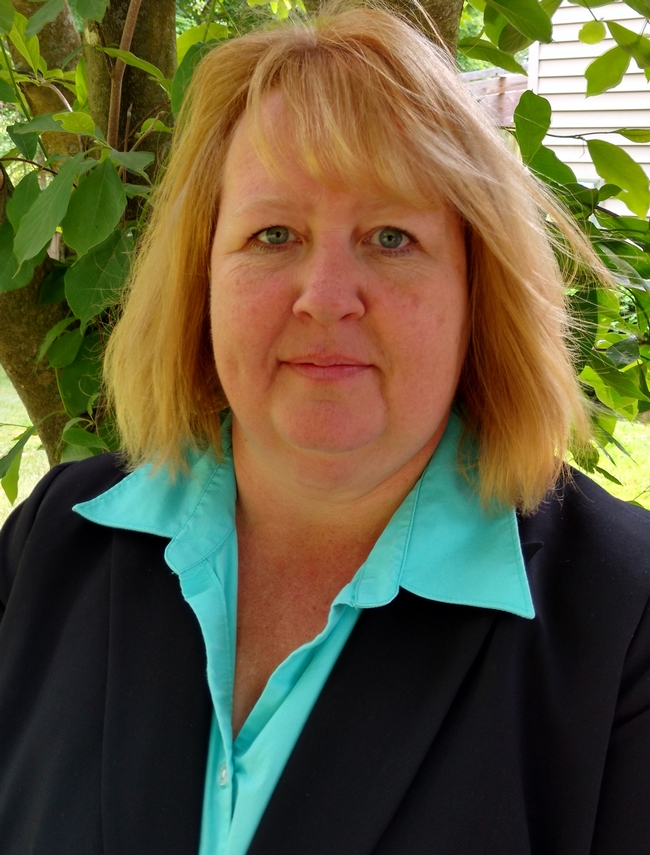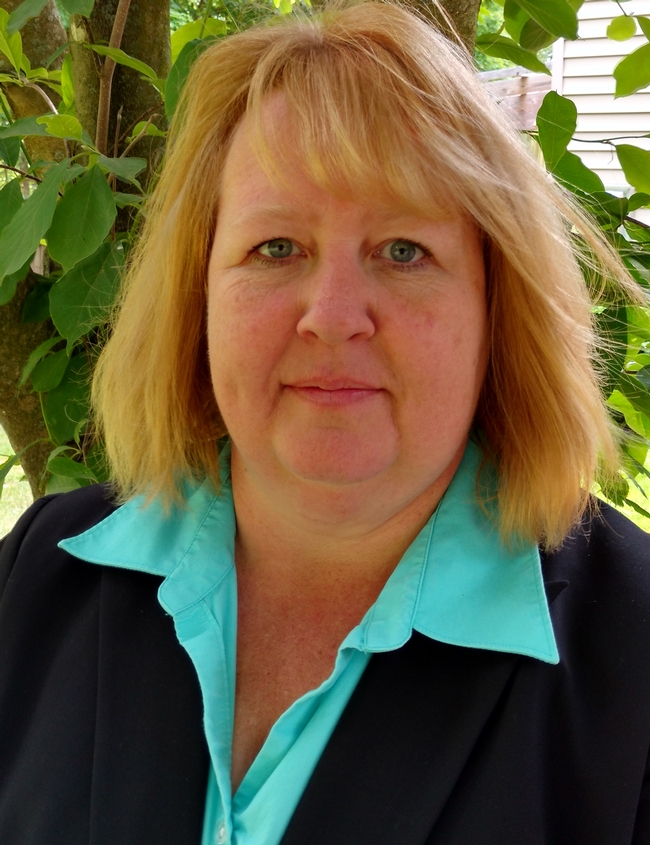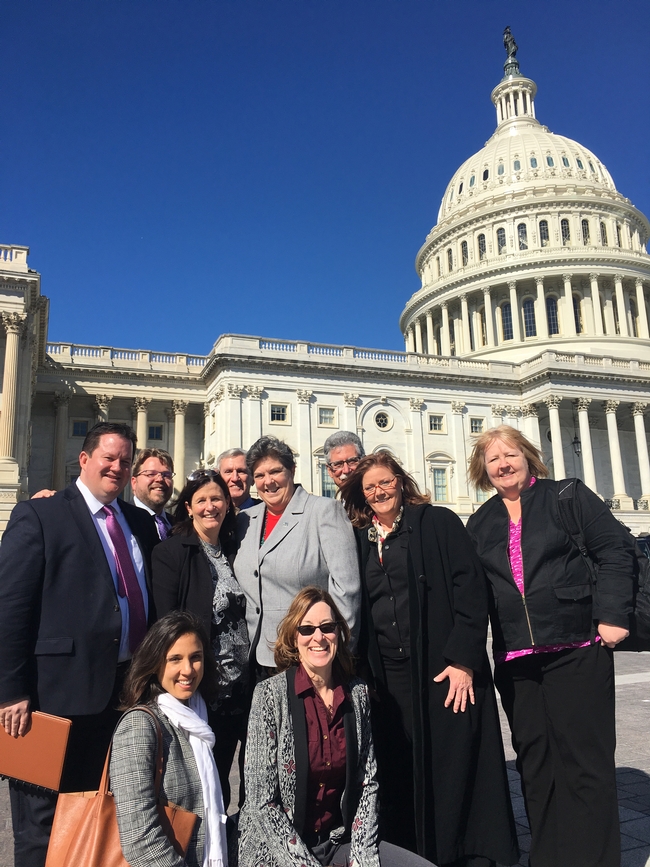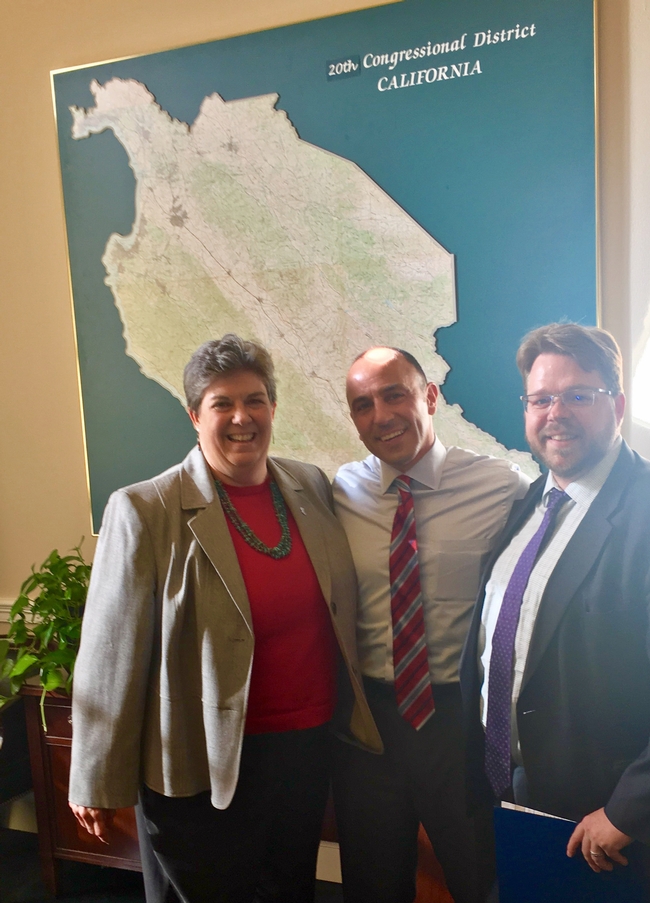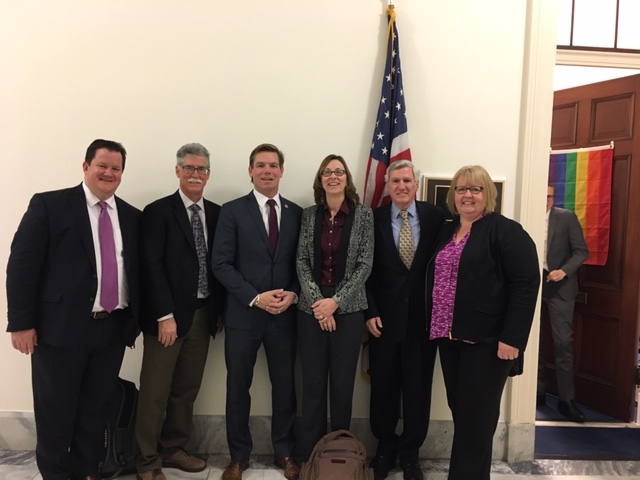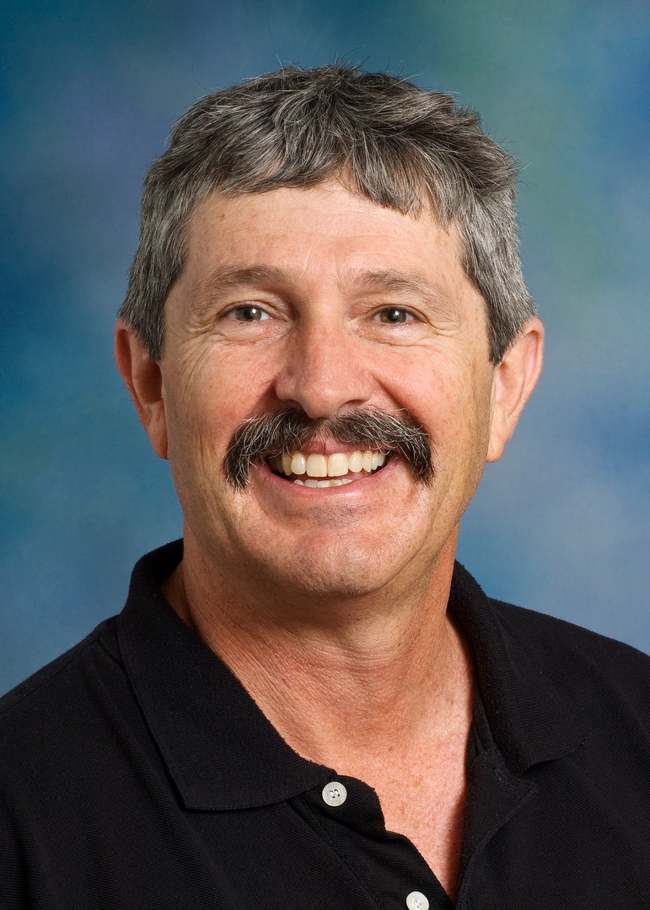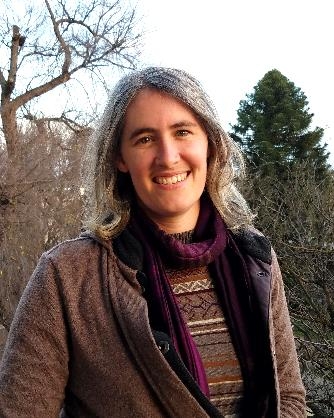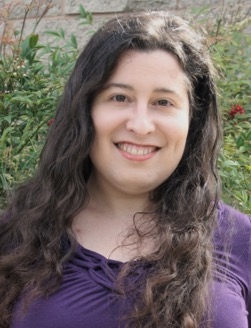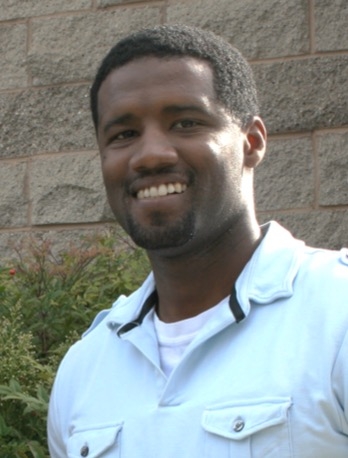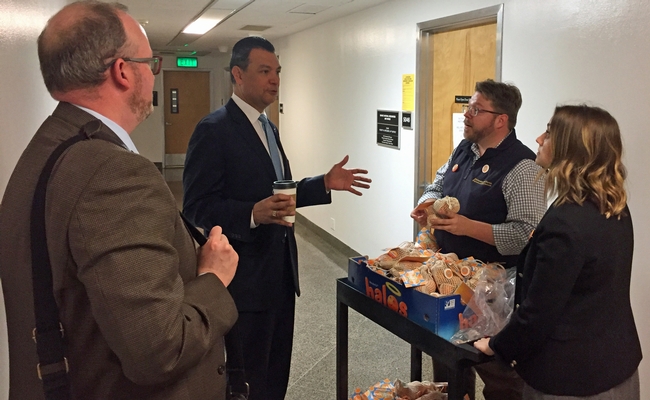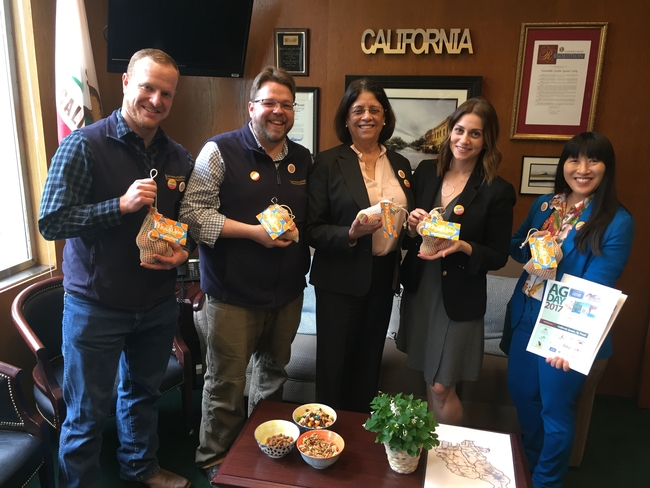Posts Tagged: Condition changes
Grateful for the feedback on condition changes
Thanks so much to all of the Program Team Leaders and members, the Statewide Program Directors and the Strategic Initiative Leaders for the hard work they completed to review and improve upon our divisionwide condition changes. The timeline was short; it's never long enough, the timing was poor; end of summer is not a good time to pull people together, and the work was a challenge; something new for UC ANR to do this at a division level, but they did a tremendous job and really stuck it out despite the challenges!
These groups have submitted their ideas for condition changes to be coded into Project Board. Katherine Webb-Martinez, Mark Bell and I have reviewed the recommendations and compared the proposed variations for the original 19 that were proposed by multiple groups as well as new condition changes that were recommended. The recommended changes were not drastically different from the original, but changes were proposed and adopted with the final list is now a bit longer, but still manageable. The next step is for a group of 12 self-identified Program Team Leaders, SI Leaders, Statewide Program and Institute Directors to work together and, using this new list plus the 2025 Strategic Vision, revise the Public Values Statements drafted back in May. I so appreciate those that have stepped up to continue this work process – not surprising given the commitment and leadership ingrained in so many across UC ANR!
I suspect this iterative process of drafting and revising is a bit frustrating for many but, as we use this information to convey the importance of your work to those who don't know us and we seek to find increased support for your work, it is important to put forth compelling Public Value Statements and be able to ‘bucket' our impacts so that the stories behind the condition changes are readily available to share with decision-makers, prospective funders, and each other. These benefits are above and beyond that which comes from aligning our work with the 2025 Strategic Vision in order to position ourselves to achieve the Vision and support our achievement with stories of how we have made a difference, even to those who don't know us. So THANK YOU to all for the commitment to the process and the enthusiasm you've demonstrated for continuing excellence in UC ANR!
Along the lines of “identify the performance objectives and then determine the design” that I have talked about previously, I've been thinking about the upcoming 2018 Position Call. Program Council has discussed the process a few times and soon we will need to have that nailed down. Below are what I believe to be the key attributes of the ideal process:
- Considers needs/gaps across the state and across program areas
- Engages clientele/stakeholders in the need identification process
- Seeks input from all UC ANR academics
- Builds recognition of needs across program areas through a collaborative process
- Results in decisions that reflect ‘hearing' academics, partners, stakeholders
- Makes it easy for Program Council to recognize high priority positions
What am I missing? Thanks in advance for your feedback!
[This article was originally published Oct. 24 in the ANR Adventures blog at //ucanr.edu/blogs/blogcore/postdetail.cfm?postnum=25473.]
Your input requested for condition changes
As part of the current effort to align our work such that we are best positioned to achieve the 2025 Strategic Vision, a group of UC ANR academics have drafted condition changes that are now in need of your review and feedback.
Condition changes are those long-term outcomes of our work that are the evidence of how our work makes a difference. Condition changes are at a level higher than that of the personal benefit our clientele receive as a result of direct participation in our programs. Rather, the condition change represents environmental, health, or economic benefits at a societal level (e.g. improved water quality, improved nutrition and health, increased market opportunities, etc.).
How you can provide feedback
Program Team Leaders, Statewide Program Directors, Institute Directors and Strategic Initiative Leaders have worked together to develop the current list of condition changes. They will be reaching out to you to solicit your input. I would ask that you share your thoughts with those who reach out to you and they will collate all feedback they receive and provide it back through a Collaborative Tools site so that the development team can see the feedback as it is received. In early October, we will assemble all of the feedback and make decisions how to move forward.
Why this is important to you?
The final list of condition changes will be coded into the new Project Board (UC ANR program information system that will be replacing DANRS-X and integrated with the merit and promotion process for UC ANR academics. We will be asking academics to assign a percentage of time you spend working towards the condition changes. This will replace assigning your FTE to the federal Knowledge Areas. In addition, you will be tagging condition changes to your work when you write your outcome/impact narratives. You will be able to tag multiple condition changes to a single narrative provided you have quantitative evidence of the effected condition change.
How will this information be used?
The condition changes will be used in multiple ways. First, the condition changes and aggregated effort associated with each condition change will be used to determine if we have sufficient capacity working towards the changes needed to achieve our 2025 Strategic Vision. This will help guide future investments by UC ANR and help you, as an individual, identify priorities for directing your own effort. Second, the outcome/impact narratives that are tagged to specific condition changes will provide us the evidence needed to share all of your good work with supporters. The condition changes will serve as a sorting mechanism for the outcomes/impact narratives. The narratives themselves provide quantitative evidence of your outcomes including how they contribute to condition change indicators, as well as frame the work (what was done, where, why, who were the partners, etc.). Because of the intended uses of the information, it is important that we have a complete set of condition changes that represent the work we need to do to achieve our vision.
Why the rush?
The new Project Board is on track for roll out in March. In order to have the condition changes be part of Project Board and not a separate, additional reporting request, we need to have them coded in the system. The development team has indicated that they need the information in early October. Therefore, we are requesting that all Program Team Leaders provide their collective feedback (1 document per Program Team) by October 1. We will review the feedback, draw up a revised list of condition changes, and have that turned around to the Project Board team quickly.
What happens after the feedback is provided?
We will continue to talk about condition changes and condition change indicators throughout the fall and into spring. We are planning to offer training in the winter and spring to address condition changes, condition change indicators and how they tie to Public Value Statements that are currently in draft form. The Public Value Statements will be reviewed and modified yet this fall. If you have interest in being part of a small-ish group that will review and revise the Public Value Statements, please let me know via email. Note that condition change indicators and public value statements will not be part of the reporting in Project Board or any other form; only condition changes will be reported against in Project Board.
Tips to consider
- Condition changes must be measurable; condition change indicators are the metrics used to quantify the magnitude of change in a condition
- Condition changes should not be audience-specific but rather apply to any/all of our audiences as appropriate
- While I am an incurable ‘lumper' it is best to be a ‘splitter' when it comes to condition changes because it provides greater clarity as to what the evidence that support change really is and will allow for improved aggregation of your impact stories making it easier to share your work with others (easier to find, easier to understand and convey appropriately).
- Having more, rather than fewer, condition changes in Project Board will not cause you to have to report the same thing in multiple locations – the coding is planned to provide opportunity to use multiple tags for the same report.
A generic logic model used for reporting to USDA National Institute for Food and Agriculture can be viewed at http://ucanr.edu/sites/anrstaff/files/270919.pdf.
Regards,
Wendy Powers
Associate Vice President
UC ANR goes to Washington
“We visited offices of 26 of California's 55-member congressional delegation in two days!” said Lucas Frerichs, government and community relations manager.
On March 6-9, a UC ANR delegation attended the 35th Annual Council on Agriculture Research, Extension and Teaching (CARET) meetings in Washington D.C. CARET is part of the Association of Public and Land-grant Universities (APLU). They also made congressional visits to explain the importance of science and research to California.
“Our primary purpose for the visits was to show the members of Congress all the good work UC ANR is doing throughout California, whether it's through our Cooperative Extension efforts, 4-H Youth Development program, nutrition programs, Integrated Pest Management, Master Gardeners, etc.,” Frerichs said, “and the value that Californians receive from the money Congress allocates to the university for UC ANR programs.”
Vice President Glenda Humiston was joined by AVP Wendy Powers, UCB College of Natural Resources Dean Keith Gilless, UCR College of Natural and Agricultural Sciences Dean Kathryn Uhrich, Nutrition Policy Institute Director Lorrene Ritchie, UC Cooperative Extension Specialist Clare Gupta, Chief Innovation Officer Gabe Youtsey, and Frerichs. Industry partners Bill Frost, former UC ANR AVP; Cher Watte, executive director of the California Asparagus Commission; Mike Mellano, fresh cut flower grower; Dina Moore, Humboldt County rancher; and Jean-Mari Peltier, managing partner of Environmental Solutions Group, served as CARET delegates from California.
The group split up into teams to visit the offices of Senators Dianne Feinstein and Kamala Harris, agriculture committee members, House Majority Leader Kevin McCarthy, Minority Leader of the House of Representatives Nancy Pelosi and other California representatives.
Although no U.S. secretary of agriculture had been confirmed at the time of their visit, members expressed their support for agriculture.
“One thing that members of Congress – Republicans and Democrats – can certainly agree on is that the support for agriculture and the University of California is strong,” Frerichs said.
Read more about the CARET visits in Powers' ANR Adventures blog.
Names in the News
Bell named Vice Provost–Statewide Programs/Strategic Initiatives
Mark Bell will join UC ANR on May 1 as Vice Provost–Statewide Programs/Strategic Initiatives position. Bell is director of the UC Davis International Learning Center, a position he has held since 2007.
In this newly created position, Bell will provide leadership for a unified UC ANR program with strong statewide, campus and local presences. He will oversee the California Institute for Water Resources, Nutrition Policy Institute, the five UC ANR Strategic Initiatives and the nine UC ANR Statewide Programs. In addition, he will coordinate the Division's participation in the UC Presidential Initiatives, including the Global Food, Innovation and Entrepreneurship, UC-Mexico and Carbon Neutrality initiatives.
“Mark's record of success working with international extension systems in the combined roles of manager and field researcher makes him the ideal choice to serve as Vice Provost–Statewide Programs/Strategic Initiatives,” said VP Humiston in announcing his hiring.
“UC ANR can benefit from his skills and experience in leveraging research-extension linkages, adult education and information technology for agricultural development,” she said. Prior to joining UC Davis, Bell, who speaks Spanish, worked for nine years at the International Maize and Wheat Improvement Center (CIMMYT) in Mexico and 11 years at the International Rice Research Institute (IRRI) in the Philippines.
At IRRI, he led development of the Rice Knowledge Bank – the world's major repository for rice-oriented training and extension materials aimed to help developing countries. He is currently leading development of Ag Extension, eAfghan Ag and e-China Apple at UC Davis International Learning Center.
As vice provost, he will serve on the UC ANR Program Council and collaborate closely with the Vice Provost of Cooperative Extension and the Director of the Research and Extension Center System. He will be located in the offices at 2801 Second Street in Davis.
Bell has a Ph.D. in soil science and bachelor's degree in agricultural sciences from the University of Queensland in Australia and a master's degree in soil science from the University of Reading, U.K.
Swett joins UC ANR as UCCE specialist
Cassandra Swett joined UCCE on Jan. 2, 2017, as an assistant specialist in Cooperative Extension in the Department of Plant Pathology at UC Davis.
Prior to joining UCCE, Swett was an assistant professor and extension specialist at the University of Maryland, College Park, studying small fruit and grape diseases. Previously, Swett worked as a postdoctoral researcher with Doug Gubler, UCCE specialist in the Department of Plant Pathology at UC Davis.
Swett earned her B.S. in plant science from UC Santa Cruz, an M.S. in tropical plant pathology from the University of Hawaii, Manoa, and a Ph.D. in plant pathology from the Department of Plant Pathology at UC Davis.
Swett is located at 260 Hutchison Hall and can be reached at (530) 752-3377 and clswett@ucdavis.edu.
Parreira joins UC IPM as writer/editor
Stephanie Parreira joined UC IPM as a writer/editor on Feb. 13. Parreira will develop new and evaluate existing publications and products such as the "Pest Management Guidelines," year-round IPM programs, online tutorials, videos, identification cards, and other training materials. She will also assist UC IPM's urban and community IPM team with training courses about the principles of integrated pest management for UC Master Gardeners and other extenders of pest management information.
As a graduate student, Parreira sought to fill five major research gaps in honey bee pesticide toxicology: effects on whole colonies, effects on nurse bees (the youngest adult bees in a honey bee colony, which do not leave to collect pollen and nectar), effects of long-term exposure to field-realistic concentrations of pesticides, pesticide interactions, and effects of exposure through multiple routes (such as nectar and pollen). Outside of her research, she took many opportunities to speak to the public about current problems in bee health and what people can do to help bees thrive. She became especially interested in working in extension because of these experiences.
Parreira earned a B.A. in environmental studies and planning with a minor in biology from Sonoma State University in 2013, and earned an M.S. in horticulture with a focus in entomology from Oregon State University in 2016.
Parreira is located at the ANR building in Davis and can be reached at (530) 750-1391 and sparreira@ucanr.edu.
Purnell joins UC IPM as a programmer
Michael Purnell joined the Statewide IPM Program on Feb. 2 as a programmer. He will be working on developing tools for the web that will enhance and add to the existing UC IPM products. Some of these tools include improving and upgrading the plant problem diagnostics tool, IPM decision support tool, bee precaution pesticide ratings, and herbicide symptoms photo repository.
Before joining UC IPM, Purnell was a project manager and technical lead for Intel Corporation in Folsom, CA where he and his team developed code and designed technical diagrams to integrate Intel's administrative systems with third party on-premise and cloud solutions.
Purnell earned his B.S. and M.S. in computer science at North Carolina Agricultural & Technical State University.
Purnell is based at the ANR building in Davis, with the IPM IT/Production team, and can be reached at (530) 750-1248 and mdpurnell@ucanr.edu.
UC ANR invites legislators to Ag Day at the Capitol
Ag Day at the Capitol was held in Sacramento on March 22. On Monday, March 20, Lucas Frerichs, Tyler Ash, Pam Kan-Rice and Meredith Turner of UC State Government Relations, visited the offices of all 120 legislators and the governor and lieutenant governor to invite them to visit the UC ANR booth at Ag Day. They handed out bags of UC-developed "Tango" mandarins, explaining that the seedless, easy-to-peel citrus variety is one of many California crops developed with UC ANR research.
We'll have more coverage of Ag Day at the Capitol in the next ANR Report.
To see Twitter coverage of Ag Day at the Capitol, look for the hashtags #CalAgDay and #growCAtogether.

